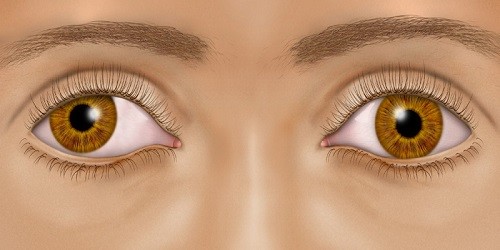Many children experience congenital vision conditions such as amblyopia (lazy eye) which can significantly affect proper vision development. Children should have their first eye exam at about age two, although it is never too early to test a child’s vision and eye health.
Amblyopia is detected during an eye exam by finding a difference in the vision between the two eyes. The lack of clear vision in one eye will cause it to develop the condition.
To develop normal vision, babies require clear images in each eye which are perfectly aligned. If one of the images is blurred (due to astigmatism or significant optical difference between the two eyes) or misaligned (strabismus), during the early developmental years, then the brain interferes with the development of normal, healthy vision. The brain cannot deal with the inequality of image. The “good” eye will inhibit the other eye causing the visual pathways to develop abnormally. This semi-permanent decrease in vision is amblyopia. Even with glasses the amblyopic eye will not see 20/20.
The eye must be treated with glasses, patching, drops and exercises. The weaker or “lazy” eye needs to be strengthened. Amblyopia develops relatively early in life (usually before the age of two, but up to six or seven). Amblyopia must be treated during the early years of life. Amblyopia causes more permanent loss of vision for individuals younger than 40 than all trauma and eye diseases combined. The earlier the diagnosis and treatment, the better the results.
Every child is unique, and our friendly staff at Wiles Eye Center take great pride in caring for kids of all ages. Your child’s eye health and vision are our top priorities.


Comments are closed here.